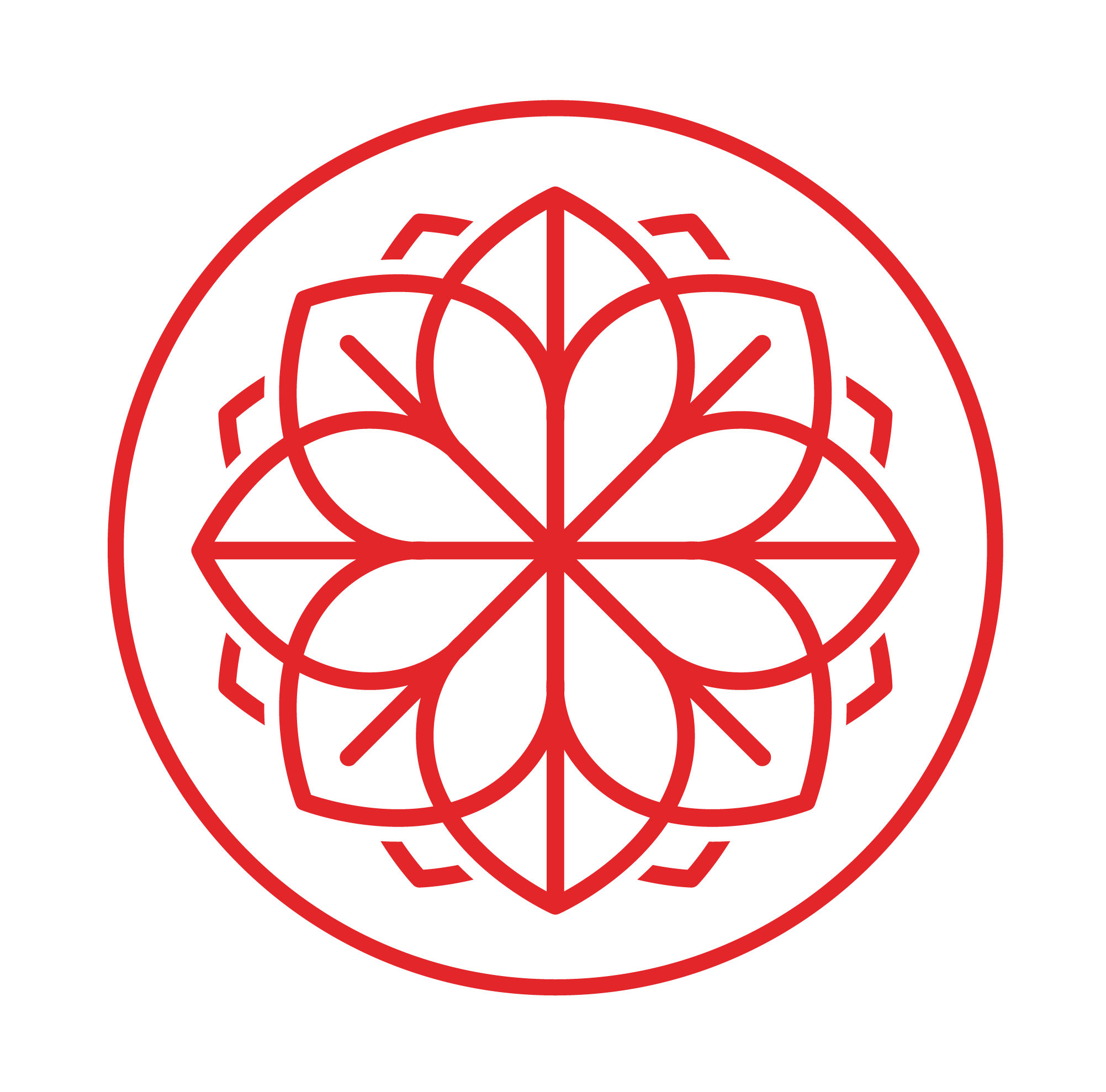Summer is the season of outdoor barbeques and picnics, but have you ever been to one that doesn’t have what you want to eat or doesn’t have the foods that make you feel good? Traditional barbeque foods (think: brats, hotdogs, potato chips, mayo’d pasta salads, and sugar-filled desserts), can make a mess of our digestion systems and leave us feeling bloated and sluggish. If you’re not sure how you’ll fill up at the event, try eating beforehand or whip up one our favorite lightweight and cooling (+ super tasty!) recipes below.
Arugula + Goat Cheese Pasta Salad
Who knew a pasta salad could be mayo-free? Add sliced cherry tomatoes, red pepper flakes, and fresh ground pepper for a kick. *Tip: reserve some of the pasta water and drizzle over the goat cheese to give you the creamiest sauce ever. Toss to combine.
https://cookieandkate.com/arugula-and-goat-cheese-pasta-salad/
Watermelon Salad with Feta + Mint
This refreshing salad is a mix of peak-season fruits and veggies. The juicy watermelon pairs well with the other creamy, crisp, tangy, and spicy ingredients. Plus, it only takes a few minutes to throw together.
https://www.loveandlemons.com/watermelon-salad/
BBQ Jackfruit ‘Pulled Pork’ Sandwich
Jackfruit grows in Africa, Asia, and South America, but in the US, we can find it in the canned section or sometimes even in the frozen section of grocery stores. Jackfruit has the texture of shredded meat, so it works really well as a substitute. Pile the cooked BBQ jackfruit on a bun and top with a quick cabbage slaw to make the perfect summer sammie.
https://www.loveandlemons.com/bbq-jackfruit-recipes/
Healthier Cowboy Caviar
Serve this crowd pleaser as a dip or side salad. Tastes best with chips or on top of lettuce. For more of a salad, squeeze lime juice, add some crumbled feta, and sprinkle crushed corn chips or toasted pepitas.
https://cookieandkate.com/cowboy-caviar-recipe/
Grilled Corn with Sriracha Aioli
This yummy grilled corn brings a fresh take on the traditional aioli recipe by using cashews in place of classic mayo ingredients. Soaked cashews will give you a soft and smooth vegan mayonnaise. Best as a side dish or snack.
https://minimalistbaker.com/grilled-corn-sriracha-aioli/
Best Quinoa Salad
Vegan and gluten free, this deliciously hearty salad will keep you full all afternoon. To change it up, scoop some onto fresh greens. Drizzle olive oil and squeeze lemon juice for the dressing. Top with crumbled feta.
https://cookieandkate.com/best-quinoa-salad-recipe/
Cucumber Agua Fresca
Are you ready for the best thing you’ll ever sip on all summer? Popular in Mexico, Central America, and the US, agua fresca translates to “fresh water” or “cool water.” A sweet and cooling, light and non-alcoholic drink.
https://pinchofyum.com/cucumber-agua-fresca

